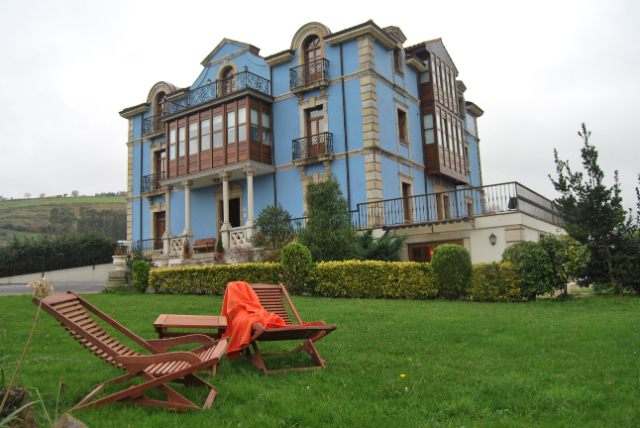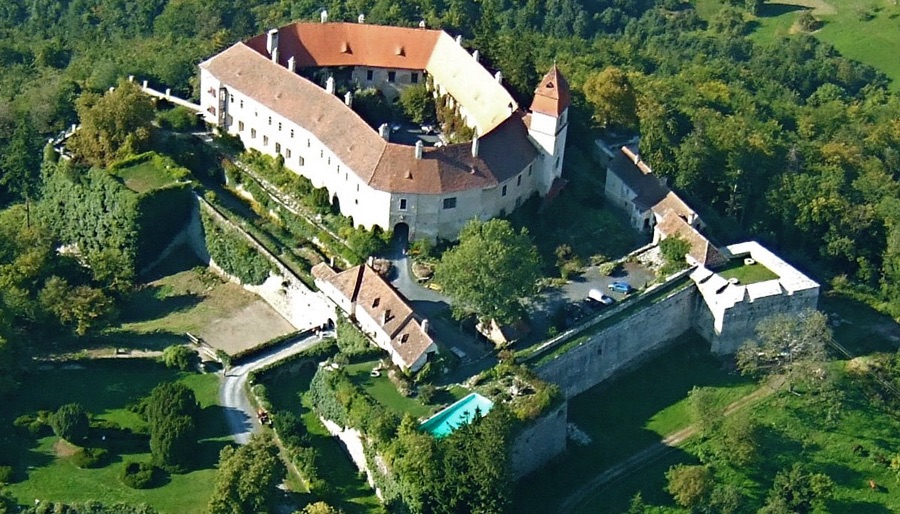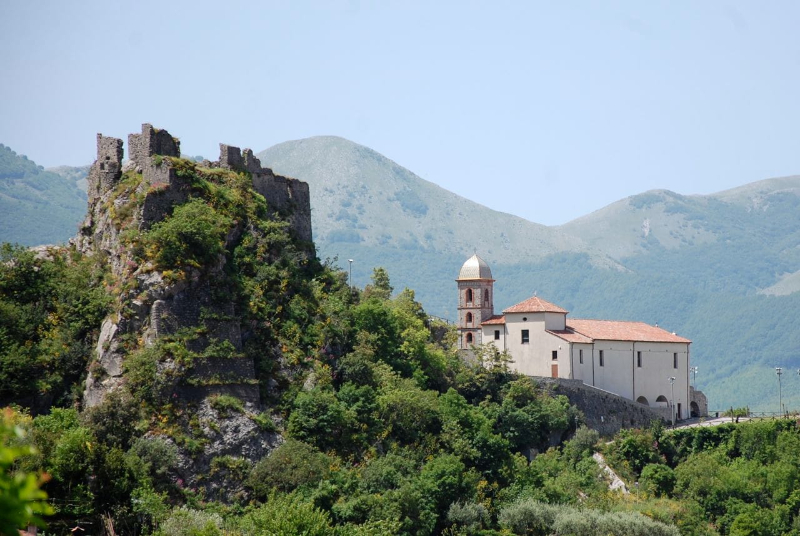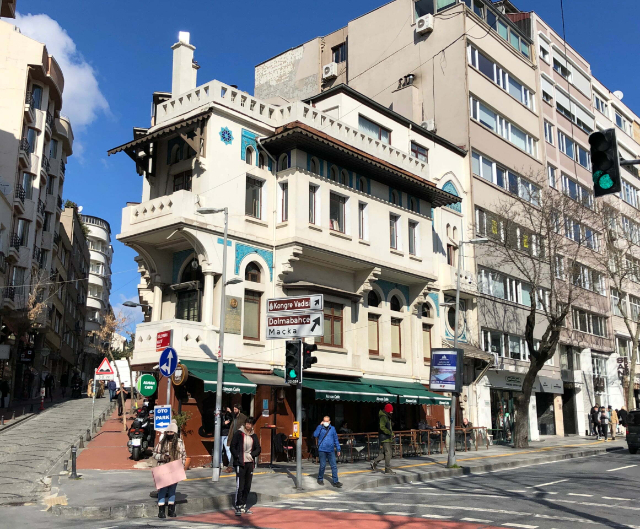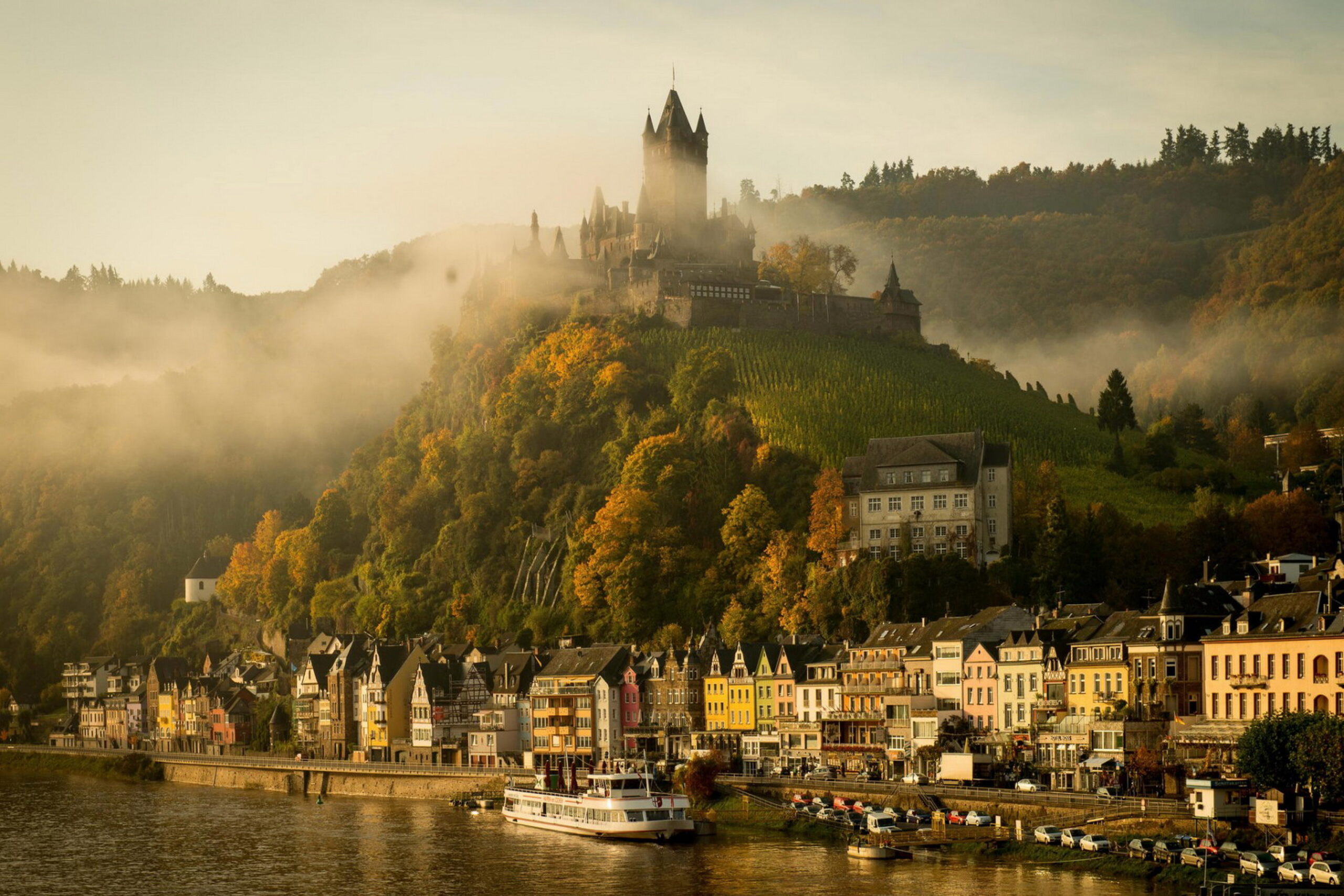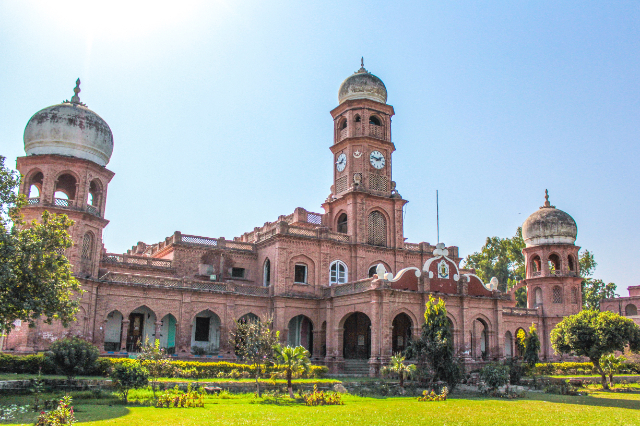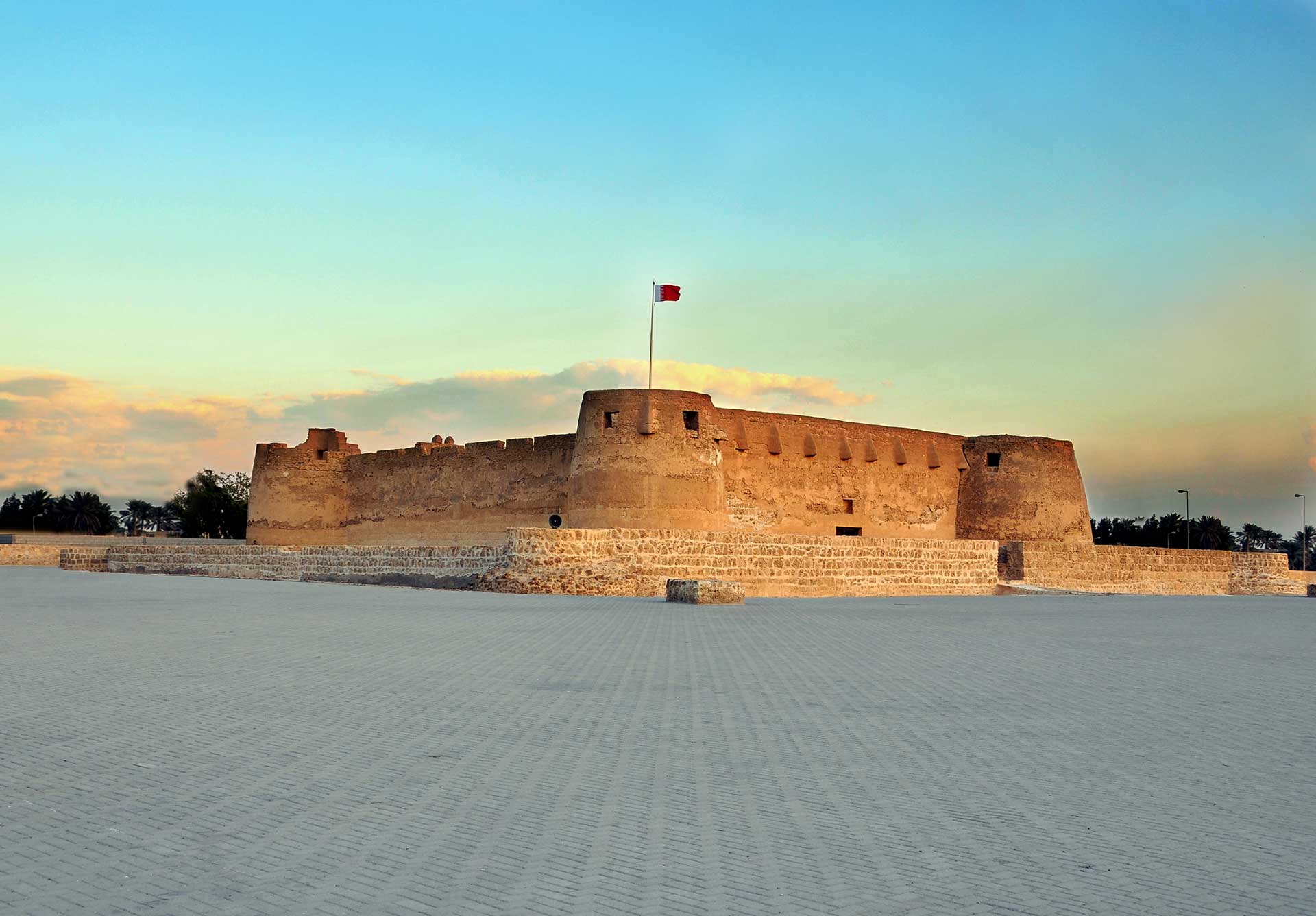Monumental facades, ornamented gates, galleries, patios, balconies, dream covers, private chapels, exuberant gardens, large pillars, exquisite details, splendid handicrafts, laborious works of stonework, alfices, pilasters, recercados, bulky staircases, viewpoints, domes … own elements of an eclectic and ostentatious architecture that, keeping the forms and the symmetry, they made fashionable those men and women who made the americas and who, unlike the so-called “alpargata Indians” who suffered the misfortune of emigration, managed to forge a great fortune in the new continent . In the 19th century infact, many Spaniards made their fortune in Mexico, Cuba, and Argentina, upon returning to Spain, some of them built ostentatious mansions to show off their newfound wealth.
The Indianos houses are named as such because the Spanish used to refer to the New World as “Las Indias.”
Traveling through Asturias and Galicia you will come across many of them, many of them now long abandoned.
Most of them were built in modernist or neoclassical designs, they are easily recognisable with their ornate facades and colourful stained-glass windows.
In Colombres, Ribadedeva, the enriched Indians radically transformed the small rural village into a modern villa, with a colorful and exotic architecture. The main urban references of the town, those that gather around its elliptical square, such as the Town Hall, the Baroque-inspired Church, or the Quinta de Guadalupe are due to American money. In the center of this space there is a statue dedicated to the promoter of the square, the Count of Ribadedeva.
In the large houses that dot this municipality we usually find a striking palm tree, a symbol of class that helped to leave no doubt about the origin of so much money: America. And the towers, which since medieval Asturian times are a clear element of distinction, of noble memory, of power, were reused by the Indiano to ennoble his recent social ascent. The desire to show luxury and wealth, made the facades filled with classic references, baroque, but also regional.
